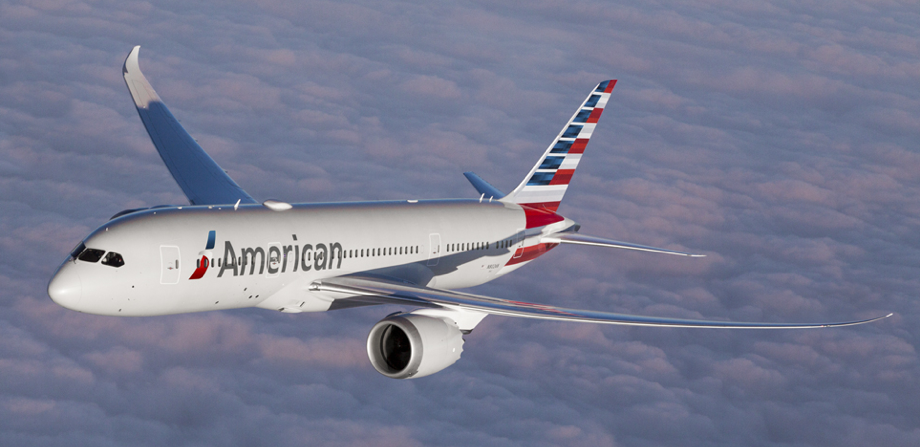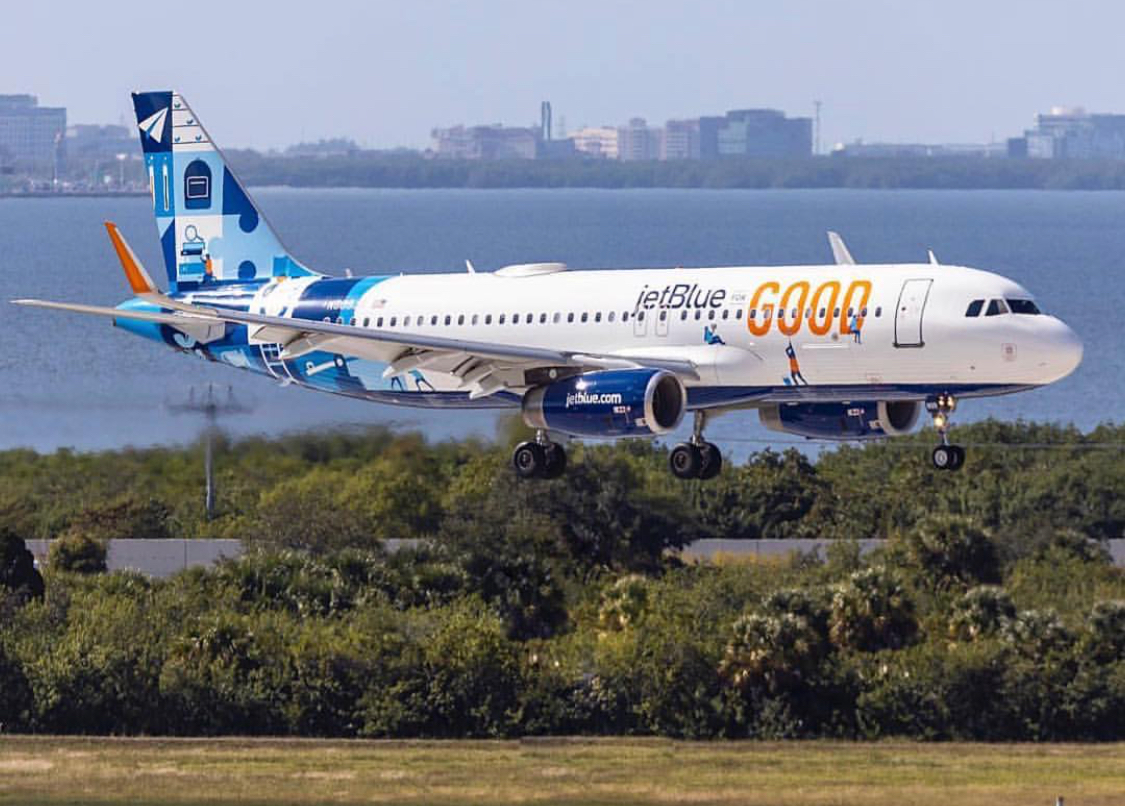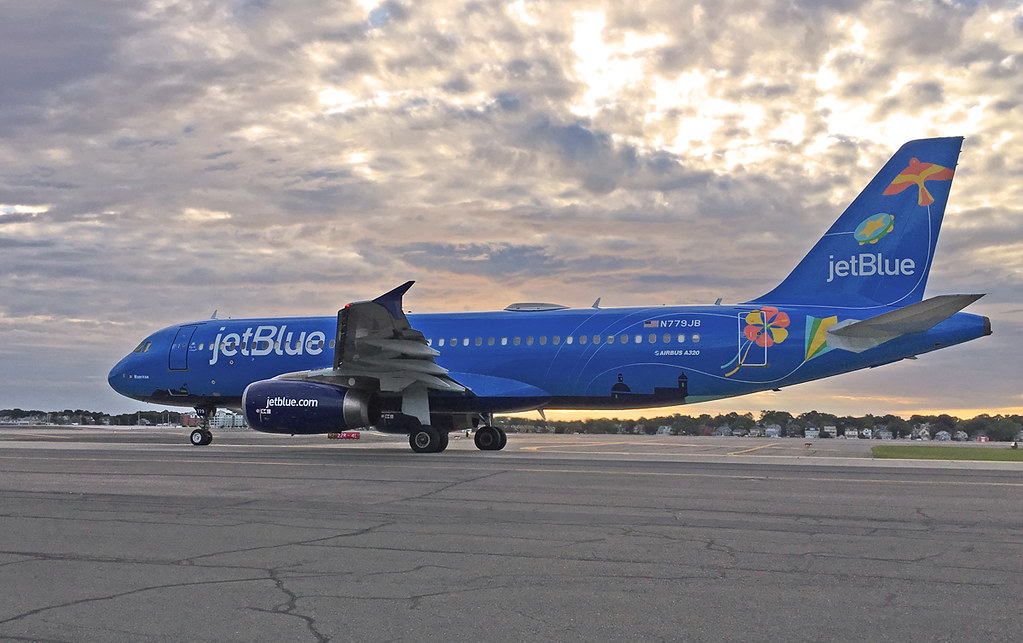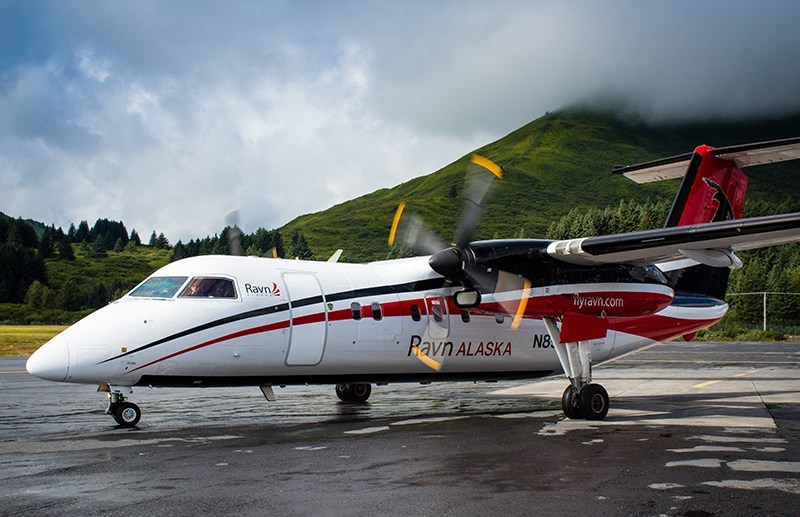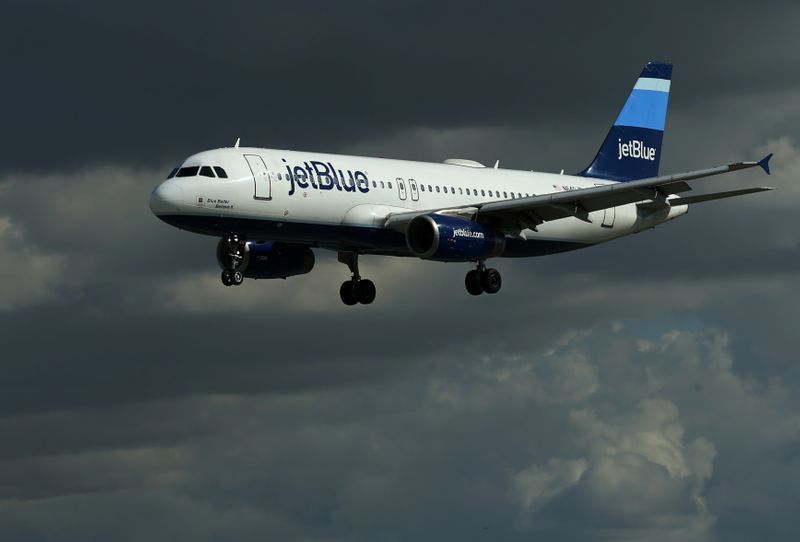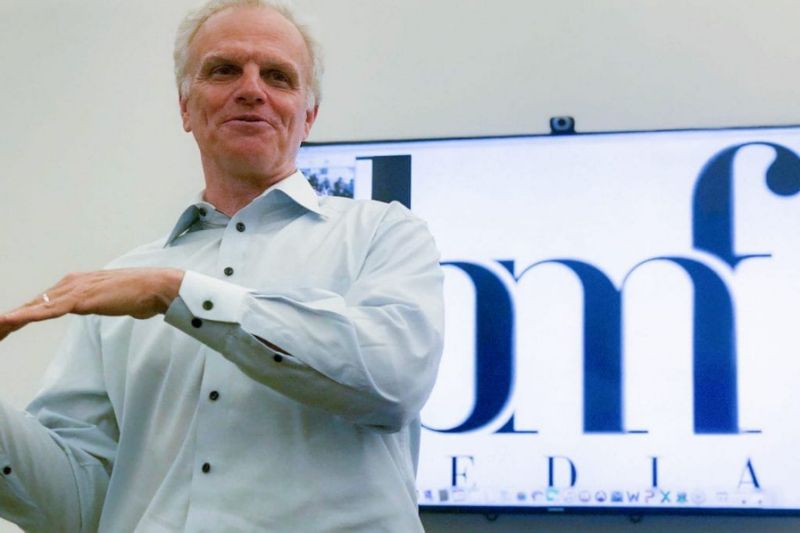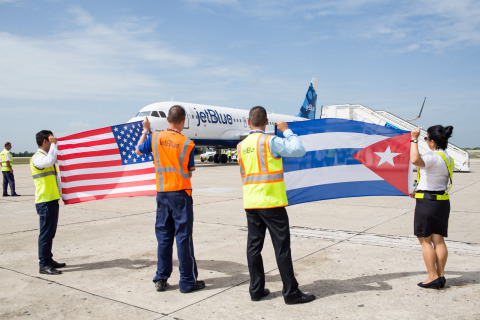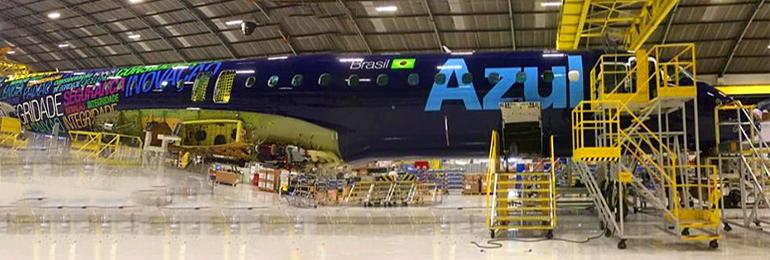JetBlue Airways Corp. (NASDAQ: JBLU) and American Airlines Group Inc. (NASDAQ: AAL) announced a strategic partnership that will create seamless connectivity for travelers in the Northeast and more choice for customers across their complementary domestic and international networks. In addition, the relationship will accelerate each airline’s recovery as the travel industry adapts to new trends as a result of the pandemic.
This press release features multimedia. View the full release here: https://www.businesswire.com/news/home/20200716005584/en/

The partnership includes an alliance agreement that proposes codeshare and loyalty benefits that will enhance each carrier’s offerings in New York and Boston, providing strategic growth and driving value for customers and crewmembers of both airlines. (Graphic: Business Wire)
The partnership includes an alliance agreement that proposes codeshare and loyalty benefits that will enhance each carrier’s offerings in New York and Boston, providing strategic growth and driving value for customers and crewmembers of both airlines. Customers will experience a number of benefits from the new partnership, including:
- New and expanded routes: The partnership enables new strategic growth opportunities for both airlines. As a result, American will launch international service from New York (JFK) to Tel Aviv (TLV) and to Athens (ATH) and JFK to Rio De Janeiro (GIG) will return as a daily seasonal route in winter 2021, in addition to continuing to serve popular long-haul destinations like London (LHR) and Madrid (MAD). JetBlue will also accelerate its growth in key cities, bringing its award-winning service to more customers. JetBlue will grow in greater New York City, adding flights at LaGuardia (LGA) and Newark (EWR), while also increasing its presence at JFK for seamless connections to American’s expanded international network. JetBlue plans to enhance service to strategic markets on the East Coast, West Coast, and in the Southeast, building on JetBlue’s recently announced service between EWR and nine markets, including Mint® service to Los Angeles (LAX) and San Francisco (SFO).
- More choice and loyalty benefits: Through their integrated networks,JetBlue and American will operate reciprocal codeshare flights, giving customers new options with improved schedules, competitive fares and nonstop access to more domestic and international destinations. JetBlue will gain connectivity to more U.S.destinations, a broad global network and an improved frequent flyer proposition, while American will complement JetBlue’s improved and expanded service with new international routes. JetBlue and American loyalty members will also enjoy new benefits while the carriers are exploring additional premium experiences for customers.
- Seamless experience: Customers will enjoy a seamless experience across both airlines, including the ability to book a single itinerary on either website, convenient connections and an improved on-the-ground experience — resulting in a compelling proposition for both leisure and corporate customers. Additionally, customers seeking more comfort in transcontinental service will have access to both JetBlue’s Mint and American’s three-class Transcon service.
“Pairing JetBlue’s domestic network with American’s international route map creates a new competitive choice in the Northeast, where customers are longing for an alternative to the dominant network carriers,” said Joanna Geraghty, president and chief operating officer, JetBlue. “This partnership with American is the next step in our plan to accelerate our coronavirus recovery, get our crewmembers and our aircraft flying again, and fuel JetBlue’s growth into the future.”
“This is an incredible opportunity for both of our airlines,” said American Airlines President Robert Isom. “American has a strong history in the Northeast, and we’re proud to partner with JetBlue as the latest chapter in that long history. Together, we can offer customers an industry-leading product in New York and Boston with more flights and more seats to more cities.”
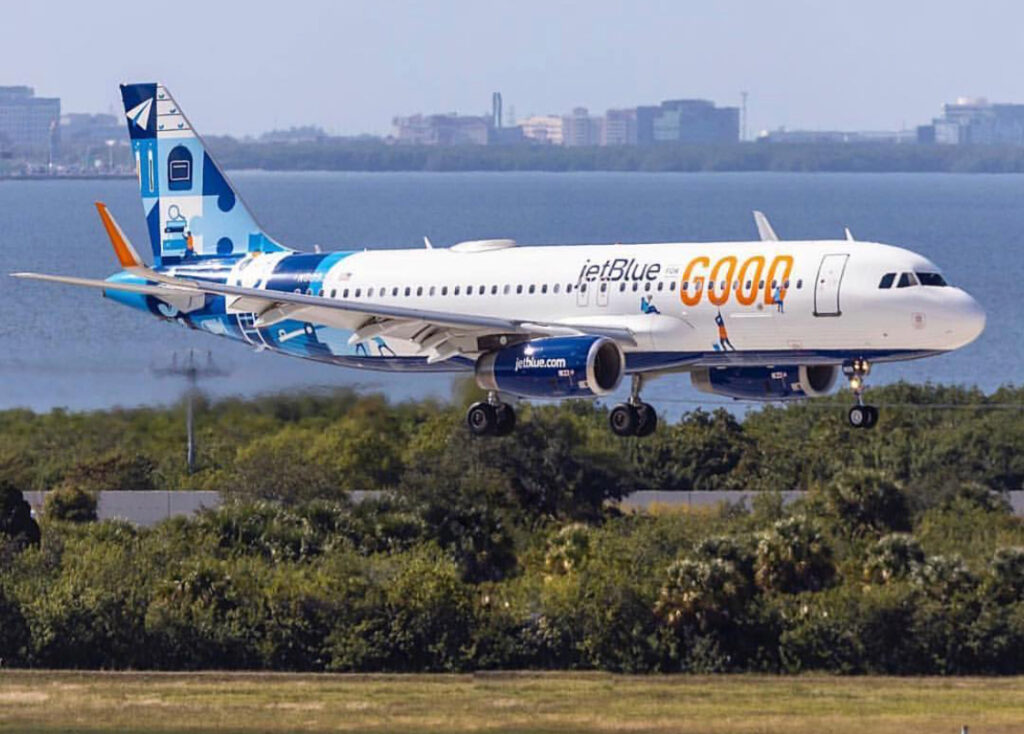
New routes from the Northeast
The partnership between American and JetBlue enables sustainable international growth for customers in the Northeast from JFK, which will continue to complement the robust international service from Philadelphia (PHL), for even more options.
Upon the implementation of the alliance agreement, American intends to launch service between JFK and TLV and will introduce new seasonal service between JFK and ATH next summer, to meet the strong local demand. The new nonstop service to TLV and ATH from JFK will be the first long-haul international flights that American has launched from New York in more than four years. American will also operate daily seasonal service to GIG beginning in winter 2021 during the peak summer travel period in Rio de Janeiro. And, once the coronavirus pandemic has ended, the new partnership is certain to facilitate American adding new long-haul markets in Europe, Africa, India and South America
As New York’s Hometown Airline®, JetBlue plans to increase flying out of New York’s three major airports, bringing its award-winning experience to more customers. Its growth at JFK will be aimed at offering even more connection opportunities to American’s growing international network of destinations. From both New York and Boston, JetBlue plans to enhance service to strategic markets, including those on the East Coast, West Coast, and in the Southeast. This will further build on JetBlue’s recently announced growth between EWR and nine markets, including Mint service to LAX and SFO.
More choice and loyalty benefits: Codeshare creates more options for customers
JetBlue and American will begin a new codeshare relationship, giving customers seamless access to more destinations, including international service. The codeshare will introduce JetBlue customers to more than 60 new routes operated by American and will introduce American’s customers to more than 130 new routes operated by JetBlue. Codesharing allows customers to book a single itinerary combining flights from both airlines, which will result in a one-stop check-in experience and seamless flight connections from origin to destination.
“JetBlue customers will have more routes and destinations to choose from through American Airlines’ extensive global network,” said Scott Laurence, head of revenue and planning, JetBlue. “Together we will offer customers better options than either of us could alone. This partnership enables JetBlue to bring our low fares and great service to even more customers by expanding our presence in our hometown, growing relevance in Boston, and supporting our successful Mint franchise.”
“Leisure travel is important to our customers, and JetBlue’s network paired with their award-winning service, are the perfect fit,” said Vasu Raja, Chief Revenue Officer at American Airlines. “Both airlines’ customers value access to more destinations, whether it’s a JetBlue customer who wants more direct access to South America from New York, or an American customer who wants more robust service to Florida. Together, we can give our customers the best of both worlds.”
